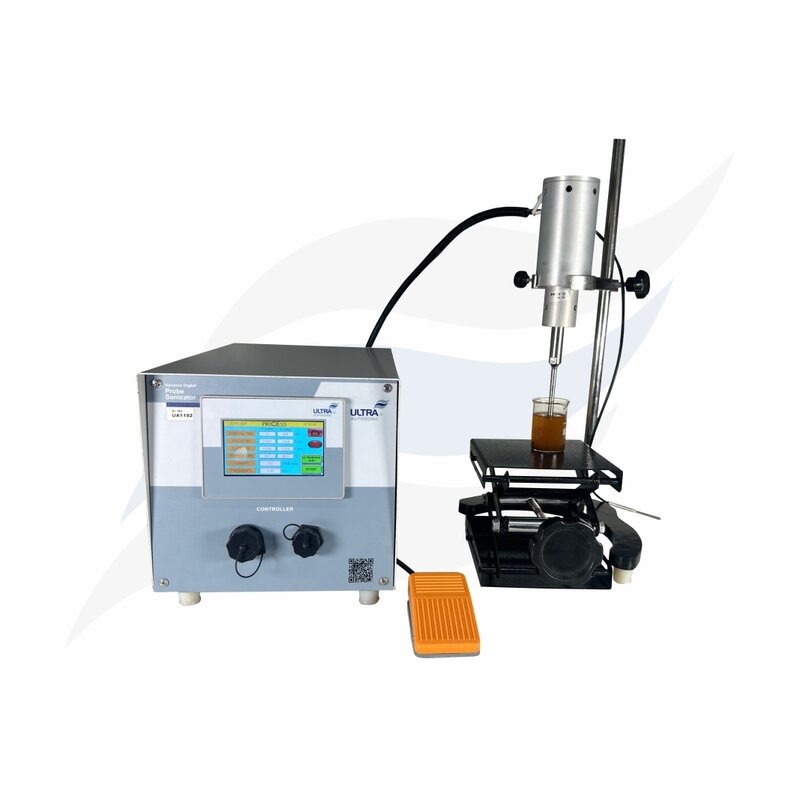Ultrasonic Technology in nanotechnology contributes to advancements in various fields, such as electronics, materials science, medicine, and environmental engineering. It enables researchers and engineers to manipulate and utilize nanomaterials effectively, opening up new possibilities for innovative applications.

Ultrasonication is widely used to disperse nanoparticles in a liquid medium, improving their stability and preventing agglomeration. The high-frequency sound waves create acoustic cavitation, generating intense local pressure changes and microstreaming that break down nanoparticle aggregates and promote uniform dispersion.
Ultrasonic sonication can be employed to reduce the size of nanoparticles. The acoustic cavitation process generates localized high temperatures and pressures, causing particle fragmentation and reducing their size distribution. This technique is useful for producing nanoparticles with specific size ranges for various applications.
Ultrasonic sonication is utilized to functionalize the surfaces of nanoparticles or nanomaterials. By introducing functional groups or modifying the surface chemistry, the properties of nanomaterials can be tailored to enhance their compatibility, reactivity, or targeting capabilities in specific applications such as drug delivery, catalysis, or sensors.
Ultrasonication facilitates the formation of stable nanoemulsions, where immiscible liquids are finely dispersed as nanoscale droplets. It is also employed to prepare nanocomposites by dispersing nanoparticles or nanofillers uniformly within a polymer matrix, enhancing mechanical, thermal, or electrical properties
Ultrasonic sonication aids in the cleaning and purification of nanoparticles by removing residual impurities or surface contaminants. The cavitation-induced microagitation helps dislodge adsorbed molecules, surfactants, or unwanted particles adhered to the nanoparticle surfaces.
Ultrasonication plays a role in several nanoparticle synthesis techniques. For instance, sonochemical methods utilize ultrasonic energy to induce chemical reactions, accelerating nucleation, growth, or precipitation processes, resulting in the synthesis of nanoparticles with controlled size, shape, or composition.
Ultrasonic liquid sonication can assist in the dispersion and sample preparation of nanomaterials for various characterization techniques, such as dynamic light scattering (DLS), zeta potential measurement, or transmission electron microscopy (TEM). Proper dispersion is crucial for obtaining accurate and representative data.

Nanomaterial Functionalization

Nanoparticle Dispersion